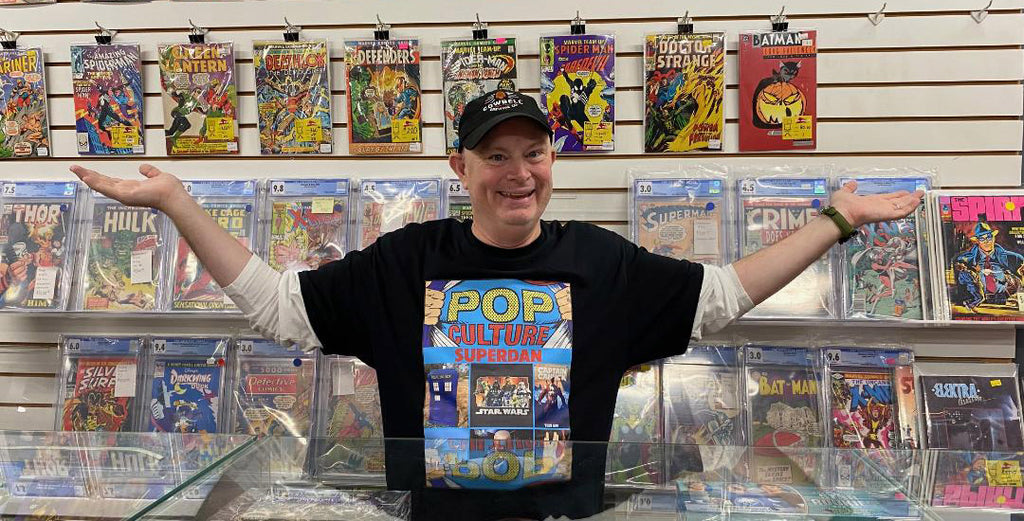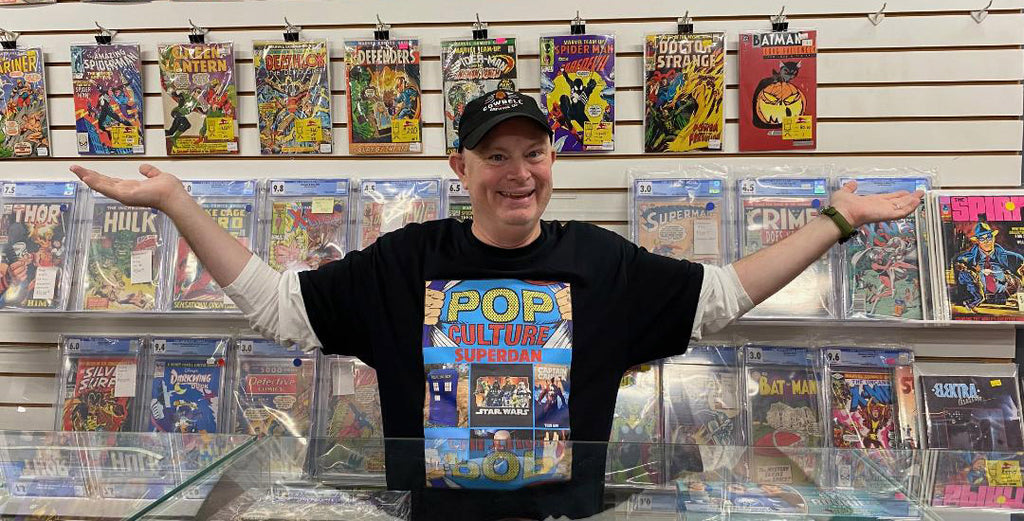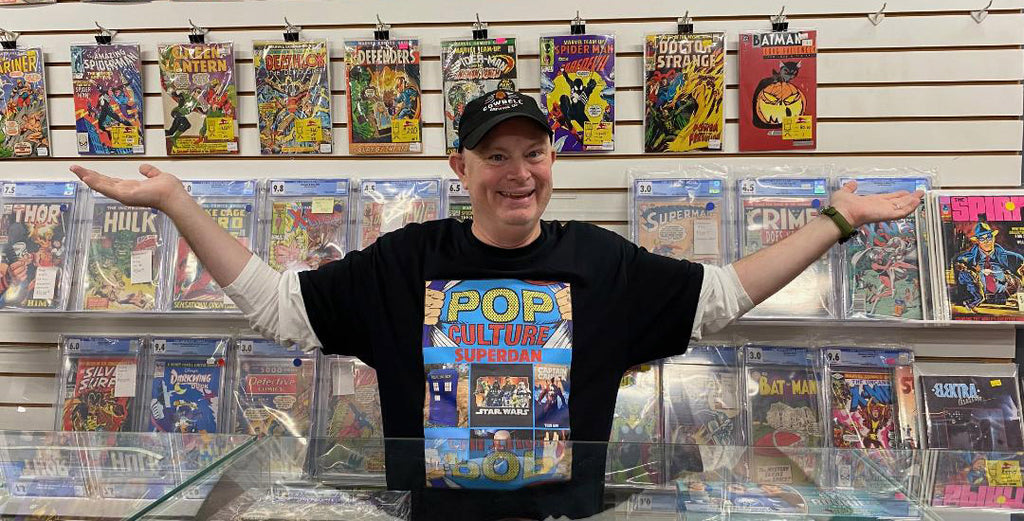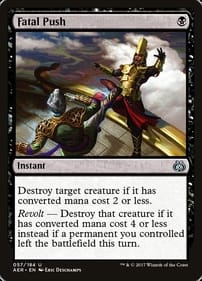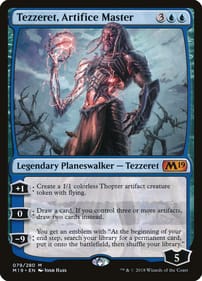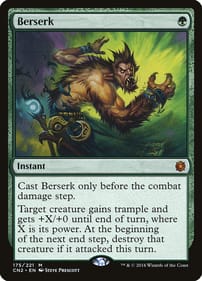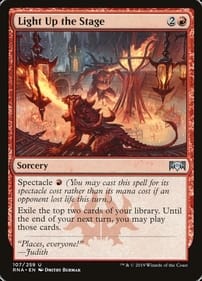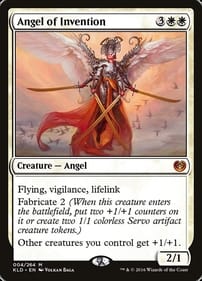Jade Armstrong’s Food School is the Epitome of Panel Play
By Dan BrownIf you’re looking for panel play, you’ll find no better example than Food School by Montreal creator Jade Armstrong. The book is one of this month’s releases from East Coast publishing house Conundrum Press.If you’re wondering what panel play is, it’s something I’ve been thinking about as a comic fan for decades, even though it often escapes notice. I define it as the joy a creator takes in blowing up the comic page and the degree to which they resist static placement, imbuing the sequential art with a rhythm and logic all its own.I was only four or five pages into Food School before I realized: There’s something special going on here.Montreal’s Armstrong, like the book’s protagonist, is non-binary. One of their influences is manga, and the pages shimmer with that same kind of dynamic energy.There are double-page panels, single-page panels, circular panels, panels that look like the silhouette of a loonie. There are also wordless, 10-panel two-page spreads. There are pages with no discernible borders, as well as slanted panels of varying sizes, rectangles, you name it.Armstrong obviously put a lot of thought into designing each of this comic’s 79 pages. No two of them are the same. What I do when I come across superlative panel work is read the graphic novel once, then go through it again a second time – this time, with an eye on each panel. Food School rewards this kind of reading.Probably the master of panel play during my time as a comic lover is George Perez, whose work for DC in the 1980s on New Teen Titans, Wonder Woman, and Crisis on Infinite Earths still blows my mind.Paul Chadwick of Concrete fame took the same delight in defying comic conventions. And you can even trace panel play back to a foundational figure like Jack Kirby.Yes, Kirby did his share of pages with six square panels. He was also the creator who fashioned images that were so dynamic, so bold, so BIG, it took two whole pages to contain them. Armstrong, also known for YA work, says Food School was drawn in the style of a Josei, which are manga aimed at adult women. The book was originally done as a digital PDF.The tale follows 20something college dropout Olive as they enter a full-time program to treat their eating disorder.It’s a highly regimented existence. Olive must log their weight and each meal and snack consumed, as well as rate their thoughts and feelings every day. At one point in the narrative, Olive ranks their suicide drive as a five out of five.What creates a contrast with this lack of freedom is Armstrong’s panel play. Olive wants to quit the treatment every day they are in the program. When they inevitably fall off the wagon, bingeing handfuls of candy, then exercising (which is likewise verboten), the pages become a flurry of dark-tinged frames, reflecting this chaotic moment in their life.I could feel the story was moving toward an intentional conclusion as Olive stays in the program. I’m happy to report I thought I had guessed how things would change for the character at the end of the story, but I was wrong. Armstrong cheated my expectations in the best way, That’s masterful storytelling.This is the first thing I’ve read by Jade Armstrong, but you can rest assured I’m looking forward to following their career from now on. Dan Brown has covered pop culture for more than 31 years as a journalist and also moderates L.A. Mood’s monthly graphic-novel group.
Lorenz Peter’s Latest Graphic Novel is Like Spinal Tap, Only Deeper
I don’t know how it escaped my notice last year, but Lorenz Peter’s Moon Boots was one of the best graphic novels to emerge in 2023. On one level, it’s a straightforward tale of a cowboy-boot-wearing troubadour who goes on a road trip from Northern Ontario to the prairies to Calgary. On another, it’s a magically realistic trip about an individual who stretches out of his comfort zone, finding moments of surrealistic beauty and heart-warming friendship along the way. However you define it, it’s worth reading. Published last April by East Coast comic champion Conundrum Press, it follows other books by Peter such as On Vinyl, which I chose as the best graphic novel of 2018. The subject of that one is the “vinyl resurgence” we’ve heard so much about. In Moon Boots, the author/artist extends his preoccupation with music, only now he’s focusing on how one eccentric cowboy creates it. Lester Lafleur is the kind of natural songwriter who, moments after being kicked out of a small Ontario town, begins composing a tune about the police officer who escorted him to just beyond city limits: “I met her in the station, doo bee doo, she had nothin’ to do.” What comes next is Lester finds a path in the woods, which he calls an “ideal setting” to get inspired. Strumming his guitar under a tree, an audience of woodland critters gathers, with the owl perched on a branch above asking, “Hey, do you know any Lightfoot?” “Cockburn was a better guitar player,” another bird responds. If that sort of surrealism delights you, you’re in for a treat. The whole point of reading Moon Boots is not to anticipate whether Lester will succeed in his quest to form a band, then record an album, but to enjoy the journey he’s on. Along the way, there are moments of perfection, such as the three-page wordless spread that details the countryside – lakeshore, swamp, dragonflies — Lester is passing through as the hitchhiking passenger in a tractor trailer. The collision between town and country is another thread running through Moon Boots. As the miles unfold, Lester reveals that he couldn’t deal with living in Toronto: “I just couldn’t hack it in the city. I’m better off on the road.” Passing through different communities, a picture emerges of midsize Canada, a place rife with Tim Hortons locations. In fact, the singer’s truck-driving companion is a big believer the coffee chain should bring back it’s flip-lid cups: “You know, I remember a time when coffee lids didn’t spurt like a dolphin. Whole world’s gone to hell.” There are also restaurants like Crabby Moe’s and bars that host Shania Twain tribute acts – the one Lester opens for is called Twain Wreck. This is the urban landscape that comes after everything in the country has been turned into a mall. Moon Boots is a funny, touching book, with quirky touches. Think Spinal Tap meets Salvador Dali. There’s an RV – called an Eon-cation Omega Comf Wagon – that is so long it takes two hours to pass on the highway. When a Sheryl Crow tape gets eaten by the truck’s tape deck, the cassette sprouts wings, ascending to the heavens. And when our hero reaches the wide prairies and gets a deflated tire in a car a friend has borrowed, a spare comes bouncing across the flat terrain, sent by unseen roadside-assistance helpers miles away. There are no evil or untalented characters in Moon Boots, just surprising relatable individuals doing the best they can with what they have, like the queer homeless teenage goth who joins Lester as his drummer, photographer, driver and manager. Being a dog lover, I felt an instant pang in my heart reading one scene in which a decrepit canine sits exhausted on a farm front porch. The pitiful creature doesn’t even have the strength to bark properly at Lester, croaking only a “Harf, sputter,”’ as a greeting. I nearly cried. Dan Brown has covered pop culture for more than 31 years as a journalist and also moderates L.A. Mood’s monthly graphic-novel group.
A Love Triangle Crumbles in a Single Rainy Night
By Dan BrownA short column this week reviewing a short graphic novel.Ivana Filipovich’s What’s Fear Got to do With It? is from East Coast publishing house Conundrum Press, which has been coming on strong the last few years.If you like graphic novels that feel and land like subtitled foreign movies, you will want to check this slender volume out. It runs 58 pages, but doesn’t suffer for its brevity.The setting – Vancouver’s Richmond Night Market – isn’t foreign, but the “feel” of the book is. This might have something to do with Filipovich being part of the Balkan Renaissance in graphic novels. “My main inspiration is (Anton) Chekhov,” the comic creator says in notes accompanying the book’s release last month.She goes on to say that growing up in the former Yugoslavia she was fed a diet of “the best of BBC, great Russian movies, Quebec TV series and, of course, the best world literature and comics from both sides of the ocean.” She also counts Ingmar Bergman among her influences, as well as Salman Rushdie.What does it all add up to? A moody tale that unfolds in a single night showing how a love triangle falls apart. The characters are the criminal Max, who may or may not be a crime kingpin, and his girlfriends Eva and Mia. “It’s a (triangle) in which all characters are faulty, despite some of them being more likeable than others,” Filipovich explains.Another way to put it would be, if you’re a guy and you ever thought having a harem of beautiful ladies would be fun, this story will make you reconsider. The saddest part is that love in this milieu has been degraded to the point where to show devotion, all one has to do is buy the beloved material objects. “You always got whatever stuff you wanted,” an unbelieving Max tells Eva when the triangle crumbles. The tragedy here is Max can’t understand why the unconventional relationship has failed – he spent a lot of money on his foxes, didn’t he? Isn’t that all there is to it? And don’t get me started on how a single question rules one of the girlfriend’s lives: How will this look to my followers on social media? “I was born online. That’s me,” Mia boasts at the outset of the evening.All of this is presented in a moody wrapper. Filipovich evokes another film, Blade Runner, with her scratchy lines. The cityscape is drenched in ever-falling rain, which means the one moment when the sun comes out lands with force.If you are looking for a departure from the same old, same old, I recommend What’s Fear Got to do With It? Dan Brown has covered pop culture for 30 years as a journalist and also moderates L.A. Mood’s monthly graphic-novel group.


